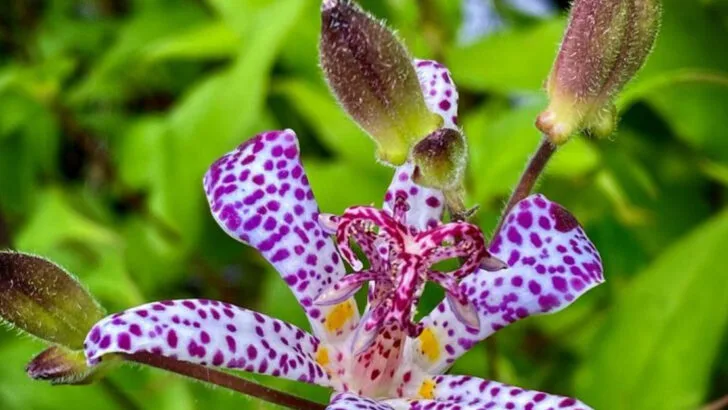Shady corners of the yard often get overlooked, too dim for most flowers, too dry or damp depending on the spot. But just because the sun doesn’t reach every inch of your space doesn’t mean it has to stay dull. Some flowers actually prefer the lower light, and they don’t mind a little coolness either.
These shade-loving bloomers bring unexpected bursts of color to areas where most plants struggle. Tucked under trees, along the side of a house, or in quiet backyard corners, they quietly brighten up the scene without needing much in return. Here are 18 flowers that are perfectly content out of the spotlight and still put on a show.
Hosta
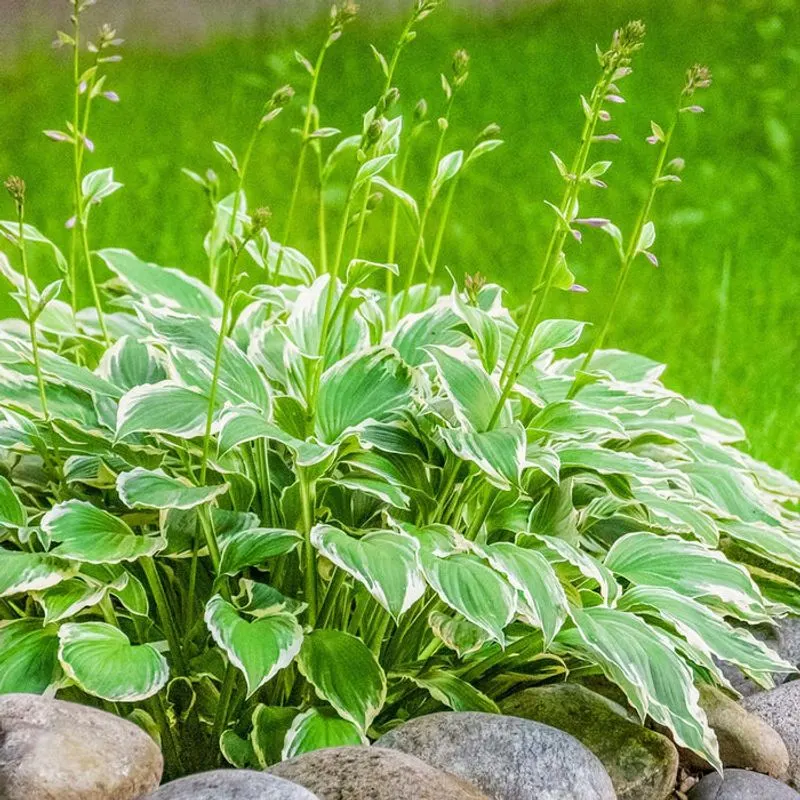
In the quiet corners of a shaded garden, hostas stand as guardians of grace. These perennials are cherished for their lush, textured leaves that vary in shades of green, blue, and even gold. Hostas offer an ever-evolving show of foliage, making them a favorite among gardeners.
Their ability to thrive in low light and their low maintenance nature make them ideal for any garden. Blooming with delicate, lavender or white flowers in summer, hostas add a touch of elegance. With over 3,000 varieties, they offer endless possibilities for creative landscaping.
Fun fact: Hostas are native to Japan, Korea, and China.
Astilbe
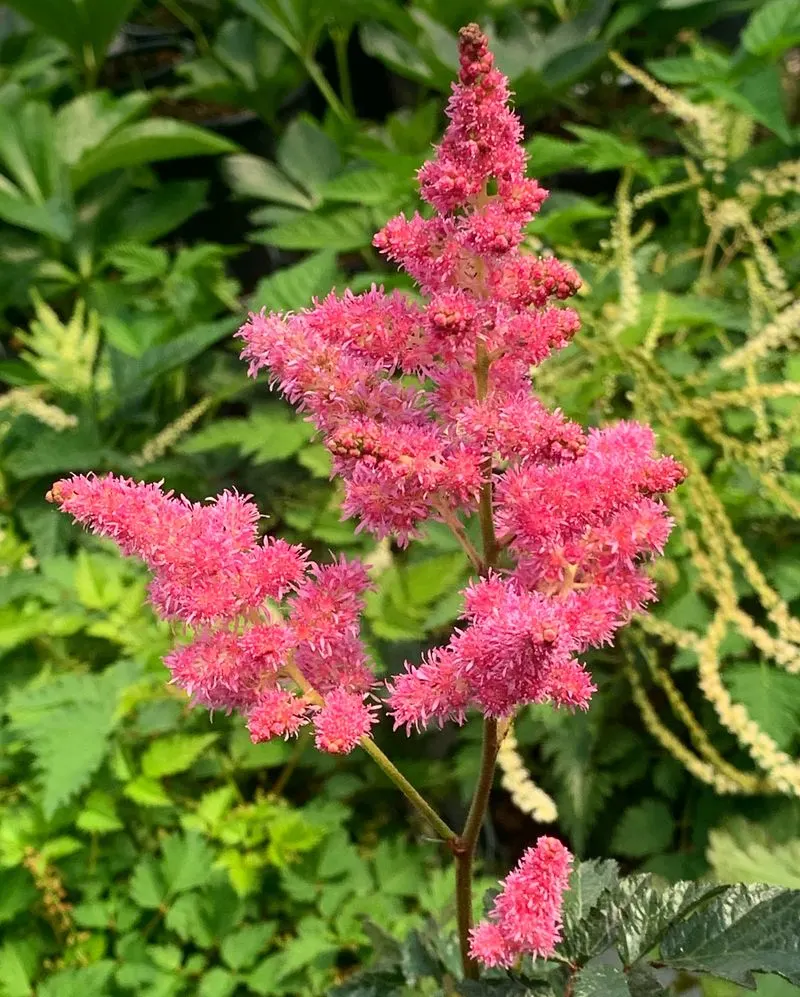
Astilbes are the fireworks of the shade garden. With their feathery plumes of pink, red, and white flowers, they create a bold display that captures the eye. These flowers excel in shaded areas where their colors can truly pop against the dark backdrop.
Astilbes are not only visually striking but also easy to care for, requiring little more than moist soil and occasional dividing. Their ability to attract butterflies adds another layer of delight to any garden space.
Did you know? Astilbes are native to Asia and were first introduced to Europe in the mid-19th century.
Bleeding Heart
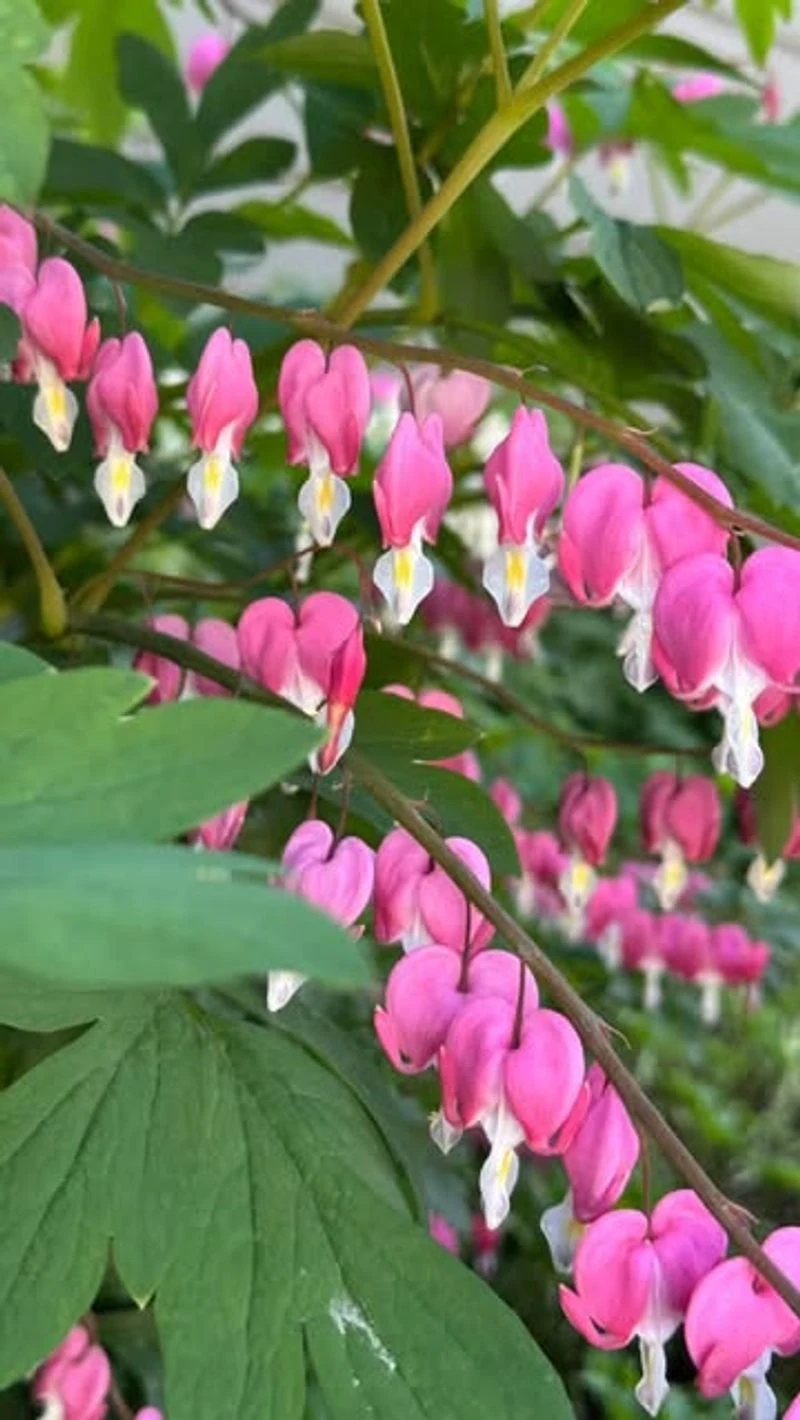
The bleeding heart, with its romantic, heart-shaped flowers, is a symbol of love and elegance. These perennial plants bloom in spring, offering a cascade of pink and white flowers that enchant any shaded garden.
Their delicate appearance is contrasted by their robust nature; they thrive in well-drained, wooded areas. Bleeding hearts are also deer-resistant, making them a practical choice for many landscapes.
An interesting tidbit: The plant’s name comes from its unique flower shape, which resembles a classical heart with a drop below it.
Coral Bells (Heuchera)

Coral Bells, known scientifically as Heuchera, are beloved for their vibrant, ruffled foliage that comes in an array of colors including burgundy, lime, and silver. These perennials are perfect for adding color and texture to a shaded garden.
Their small, bell-shaped flowers rise elegantly on thin stems, attracting hummingbirds and pollinators. Coral Bells are hardy plants that prefer well-drained soil and offer year-round interest with their evergreen leaves.
Fun fact: Coral Bells are native to North America and are often used in hybridization to create exciting new varieties.
Japanese Forest Grass (Hakonechloa)
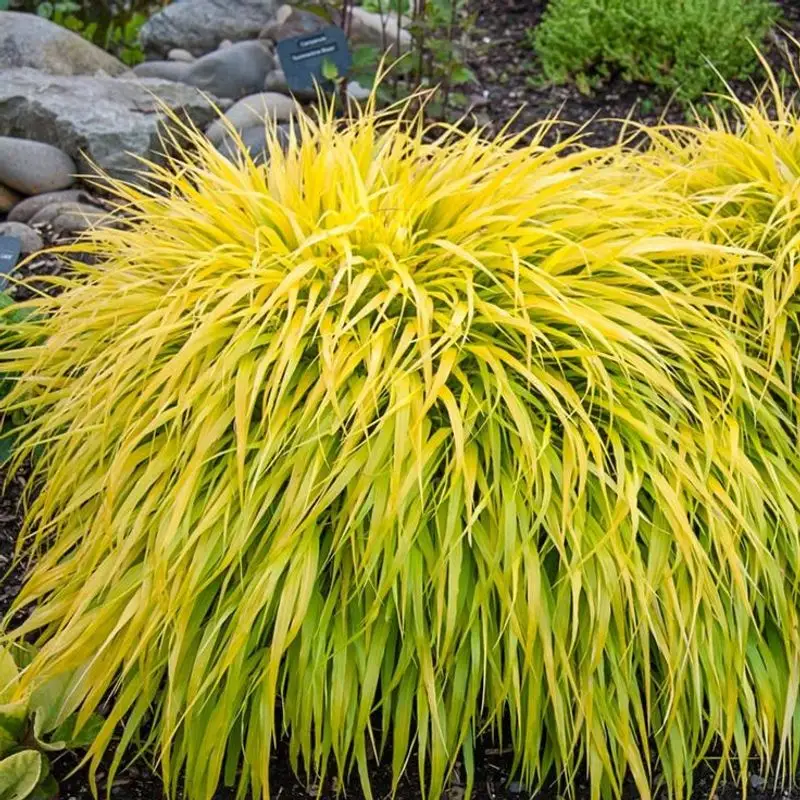
Japanese Forest Grass, or Hakonechloa, is an ornamental grass that brings a touch of elegance and movement to shaded gardens. Its arching, golden-yellow blades create a waterfall effect, adding a sense of tranquility.
Perfect for borders or as ground cover, this grass thrives in rich, well-drained soil. It is prized for its ability to maintain vibrant color throughout the growing season.
A little-known fact: This grass is native to the mountains of Japan and is often used in Japanese gardens to symbolize flowing water.
Toad Lily
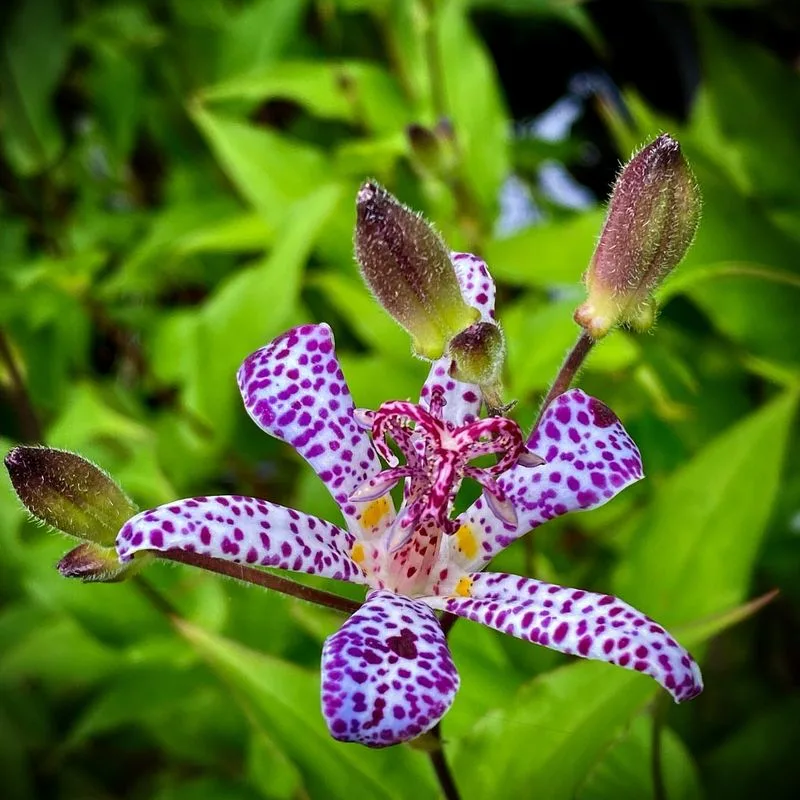
Toad Lily, with its exotic appearance, captivates the eye with speckled purple and white petals.
This late bloomer thrives in the shadows, bringing a touch of the tropics to cooler climates.
Its unique beauty and resilience make it an excellent choice for gardeners looking to add a touch of whimsy to their shaded spaces.
Lungwort
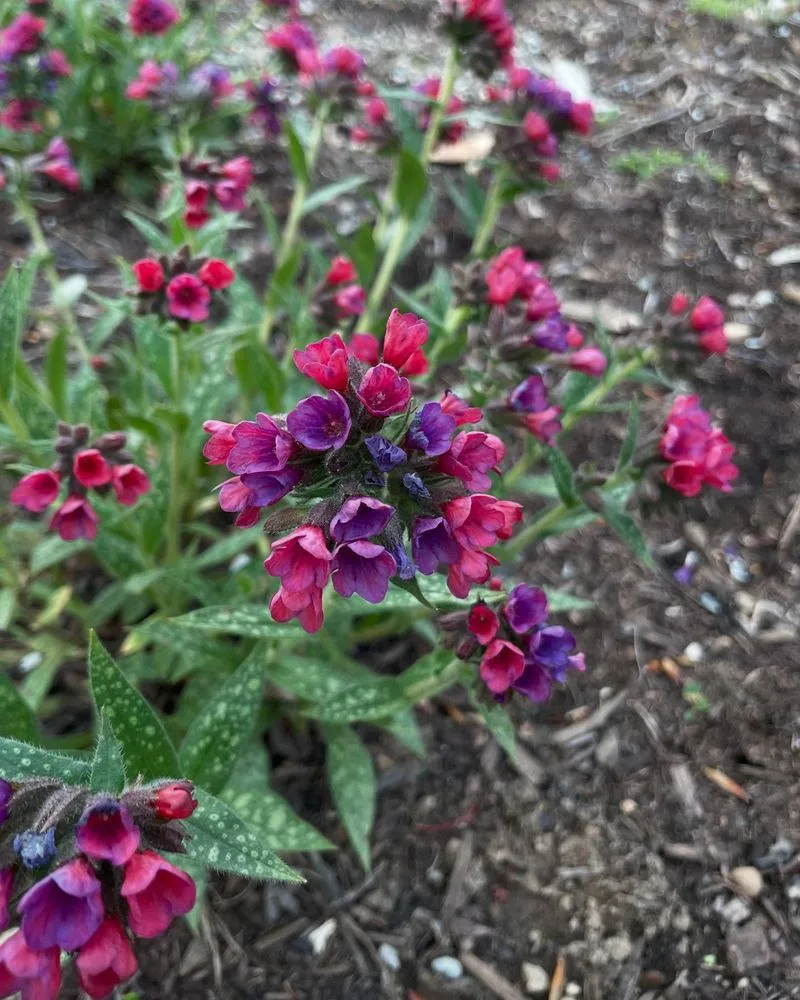
Lungwort’s charming clusters of pink, blue, and white flowers bring vibrancy to any shaded garden.
Its spotted leaves provide a unique texture that complements its blossoms.
Easy to grow, Lungwort is perfect for those looking to add color and interest to dim spaces without much fuss.
Foamflower
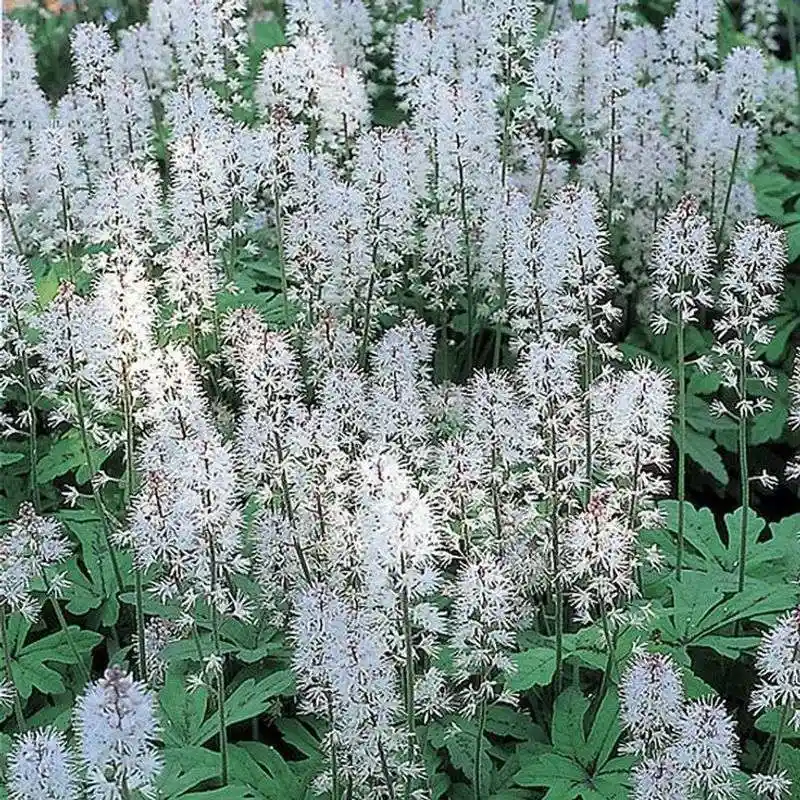
Foamflower, with its frothy white blooms, creates a soft, ethereal presence in shaded gardens.
Its heart-shaped leaves provide a lush backdrop, enhancing its delicate flowers.
A true woodland beauty, Foamflower thrives in the dappled light of forested areas, offering elegance and simplicity.
Japanese Anemone
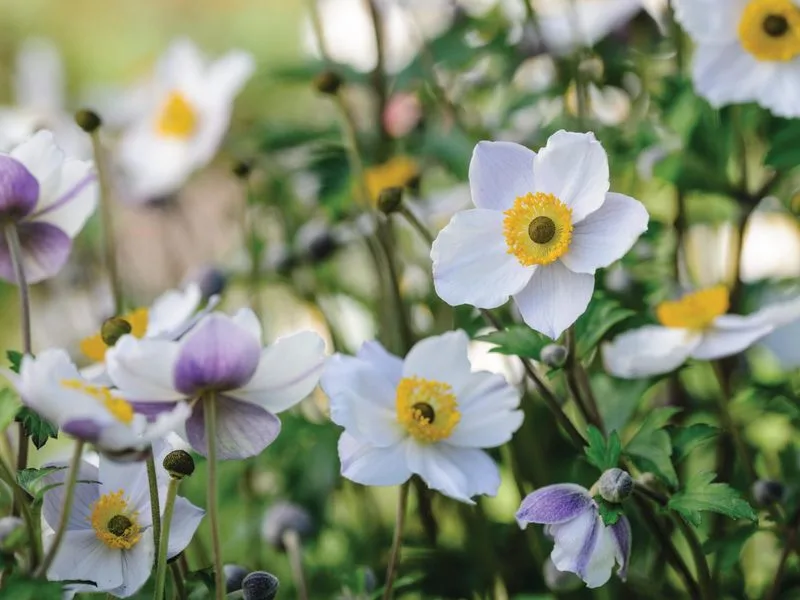
Japanese Anemone stands tall, showcasing its delicate pink blooms that sway gracefully in the breeze.
This hardy perennial thrives in partial shade, adding height and elegance to garden borders.
With its long-lasting flowers, it brings a touch of romance to late summer and fall gardens.
Brunnera
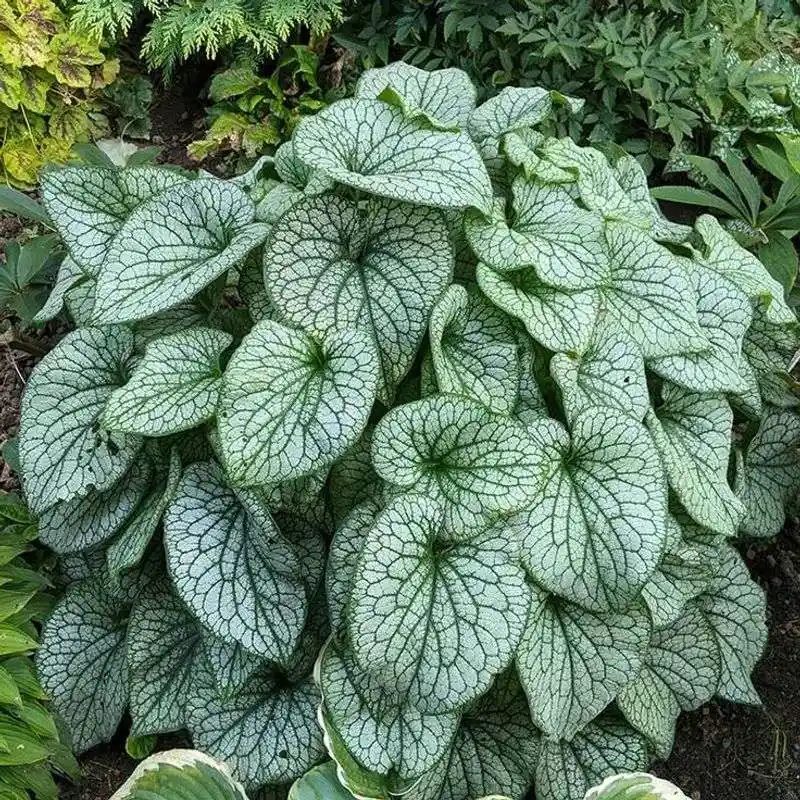
Brunnera, often called false forget-me-not, enchants with clusters of tiny, brilliant blue flowers.
Its heart-shaped leaves add a textured backdrop, perfect for shaded borders.
Brunnera’s resilience in cooler, darker spots makes it an invaluable addition to low-light gardens.
Dead Nettle
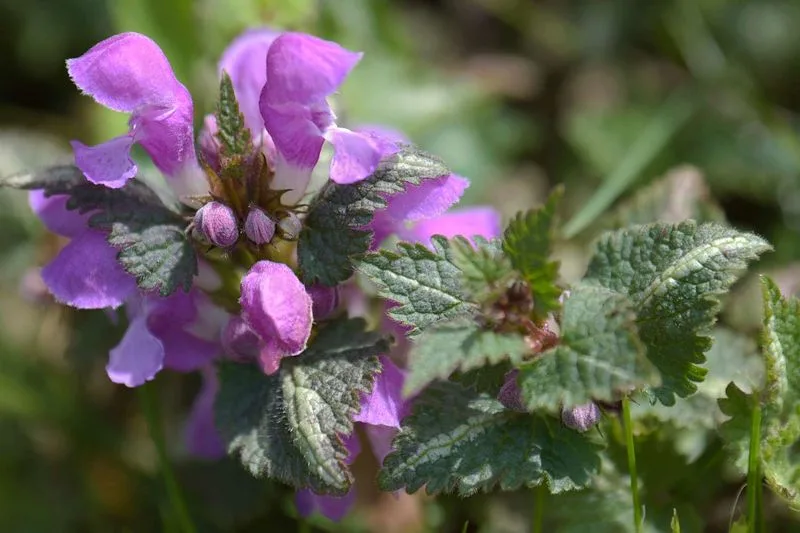
Dead Nettle surprises with its variegated foliage and vibrant purple-pink flowers.
This ground cover thrives in the shadiest corners, adding a splash of color and texture.
Low maintenance and hardy, Dead Nettle is perfect for those seeking an easy-care solution for dim spaces.
Toadshade Trillium
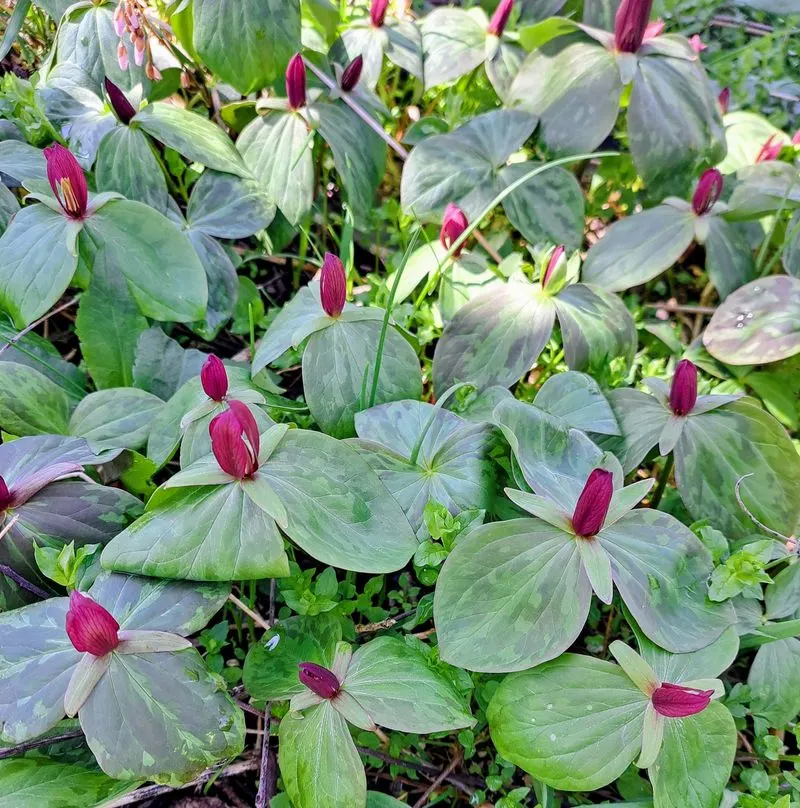
Toadshade Trillium, with its distinct maroon flowers, beckons the curious gardener.
This native woodland plant thrives in the deepest shade, adding intrigue with its unusual blooms.
Its ability to flourish in low-light areas makes it a prized plant for naturalistic garden designs.
Corydalis
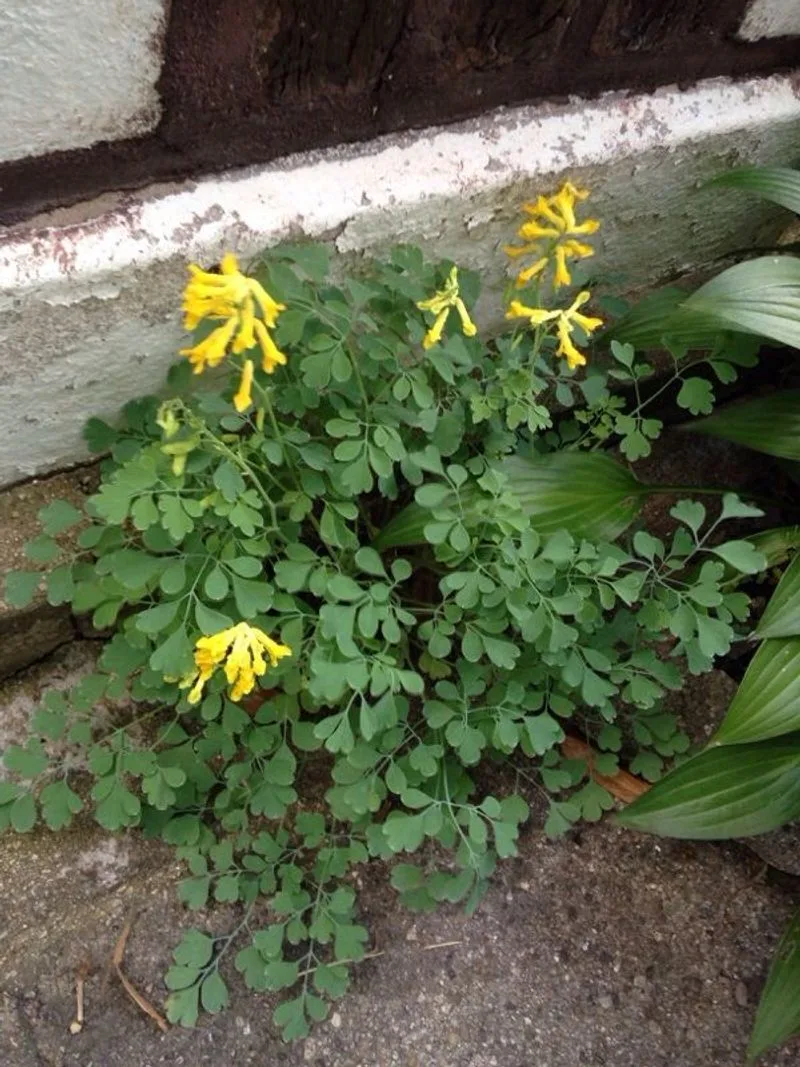
Corydalis offers a burst of sunshine with its tubular yellow blooms, ideal for shaded gardens.
Often blooming in spring and fall, it provides consistent color and charm.
This plant is a favorite for those looking to brighten dim corners with minimal effort.
Hellebore
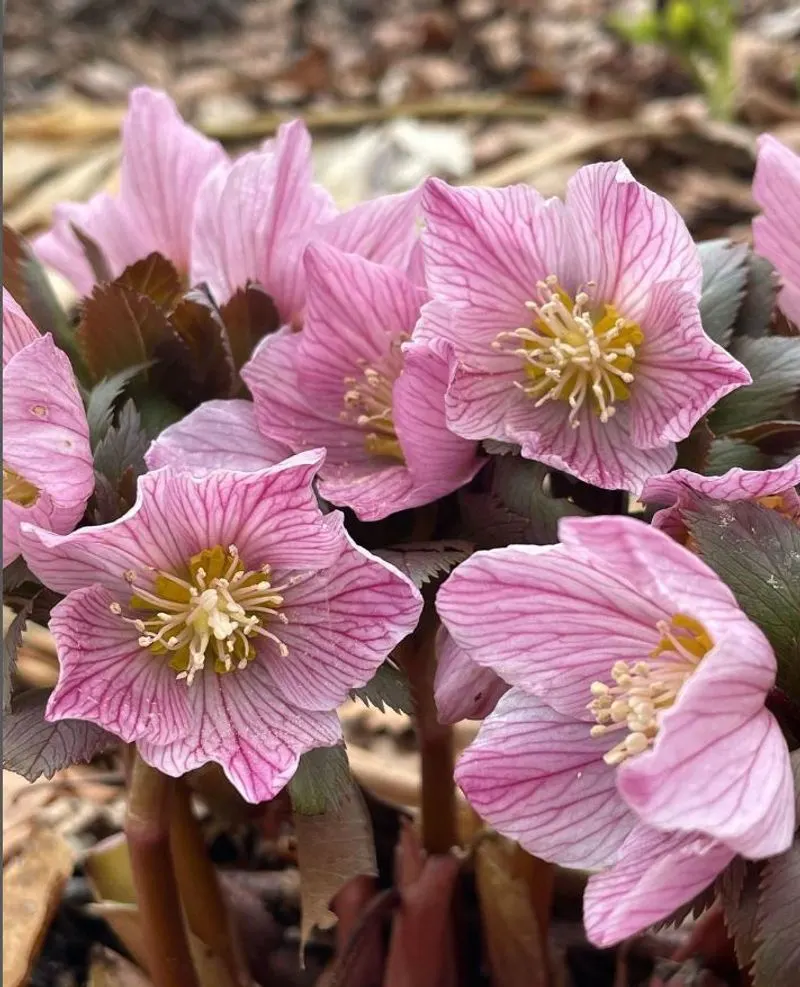
Hellebore, known for its winter blooms, brings color to the garden’s darkest months.
With flowers ranging from purples to pinks, it offers variety and resilience.
Its ability to bloom in winter makes it an essential addition to shaded gardens needing year-round interest.
Wild Ginger
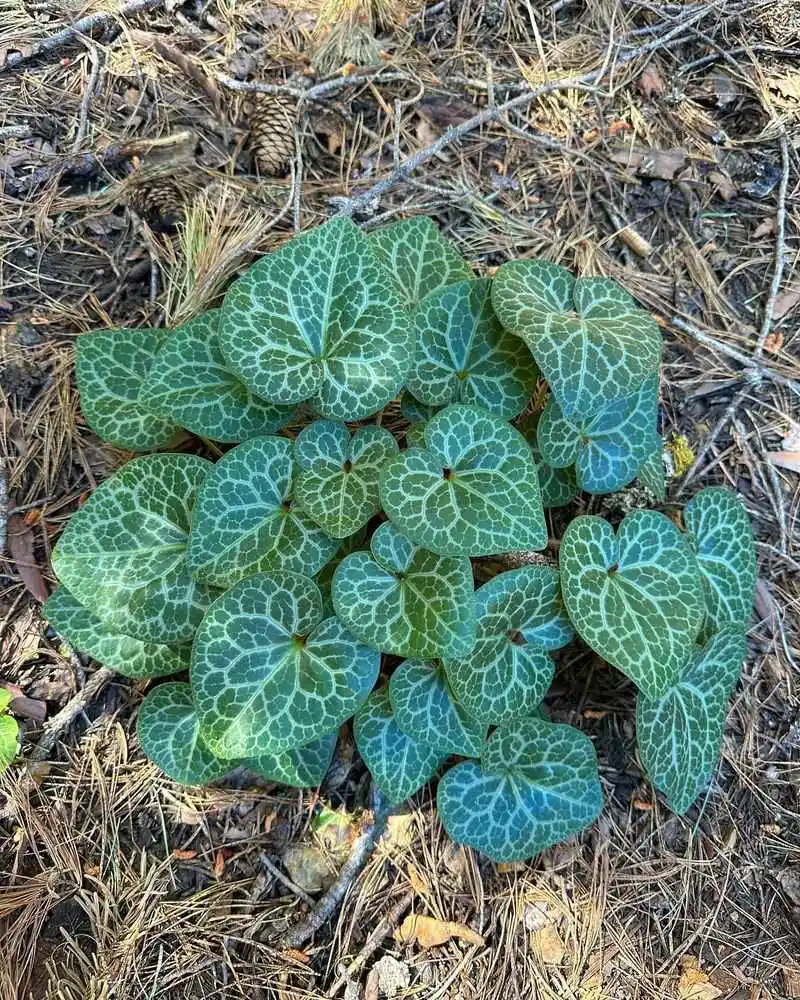
Wild Ginger’s glossy leaves create a lush carpet in shaded areas.
Its small, hidden brown flowers add a touch of mystery under the dense foliage.
Ideal for woodland gardens, Wild Ginger thrives in rich, moist soil, making it a favorite among shade-loving plants.
Lenten Rose
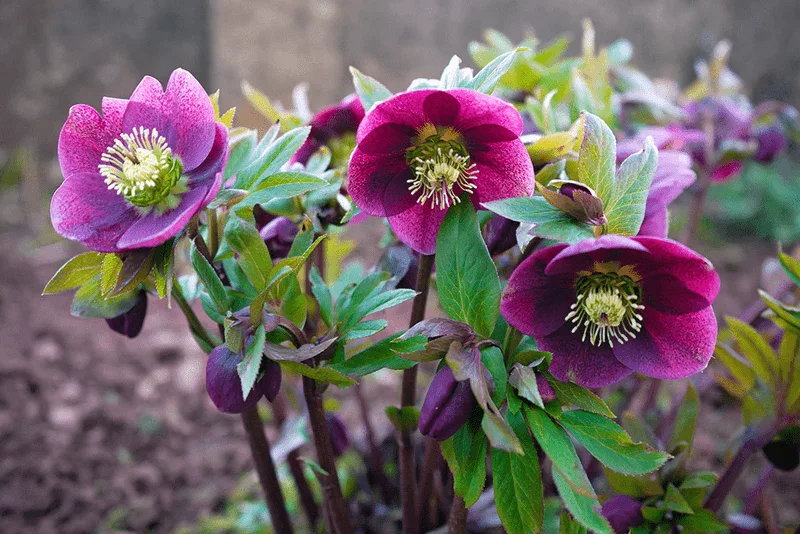
Lenten Rose offers early spring blooms, delighting with pastel colors during a dull season.
This hardy perennial thrives in partial to full shade, adding life when most plants remain dormant.
Its long-lasting flowers and evergreen foliage provide year-round appeal in shaded gardens.
Japanese Spurge
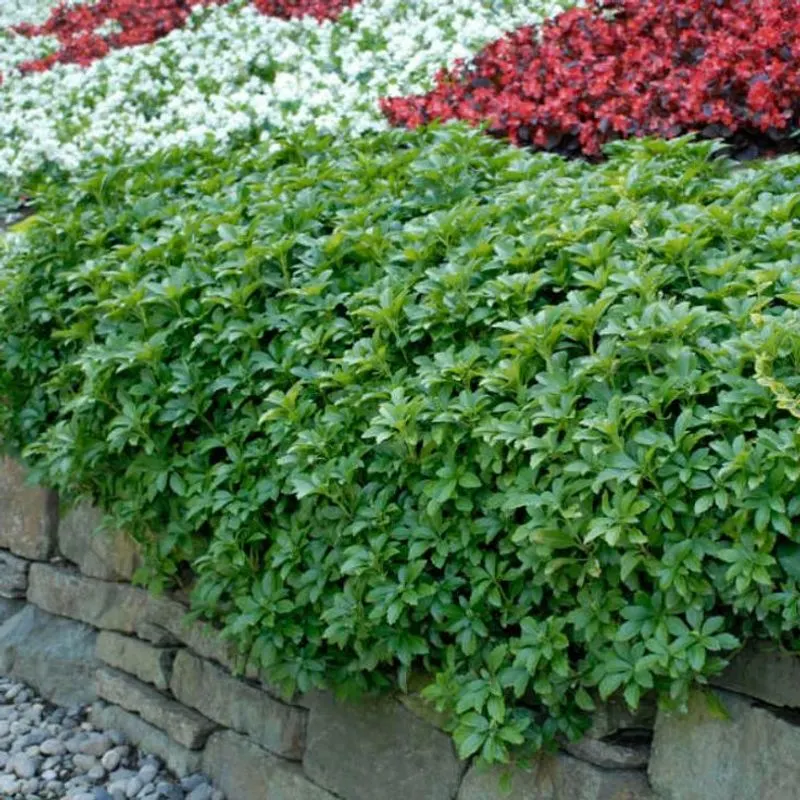
Japanese Spurge covers the ground with its dense, evergreen foliage, adorned with small white flowers.
Perfect for deep shade, it creates a lush green carpet that requires minimal care.
Its resilience to foot traffic makes it an ideal choice for pathways and densely shaded areas.
Virginia Bluebells
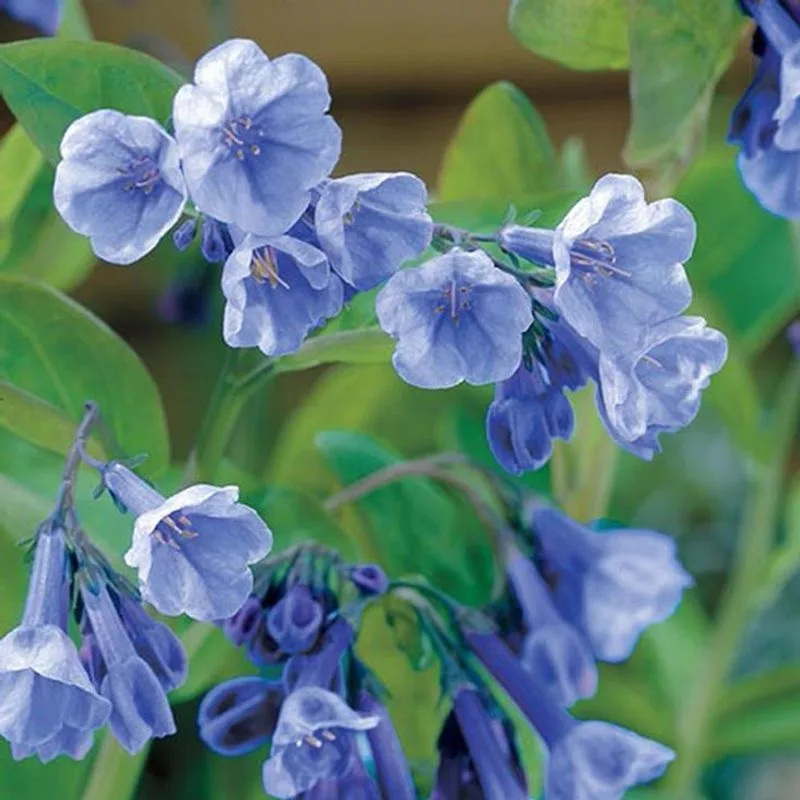
Virginia Bluebells charm with their bell-shaped flowers in hues of blue and pink.
These spring bloomers thrive in rich, moist soil, adding a burst of color to woodland landscapes.
A favorite among pollinators, Virginia Bluebells are perfect for naturalizing shaded garden spaces.

